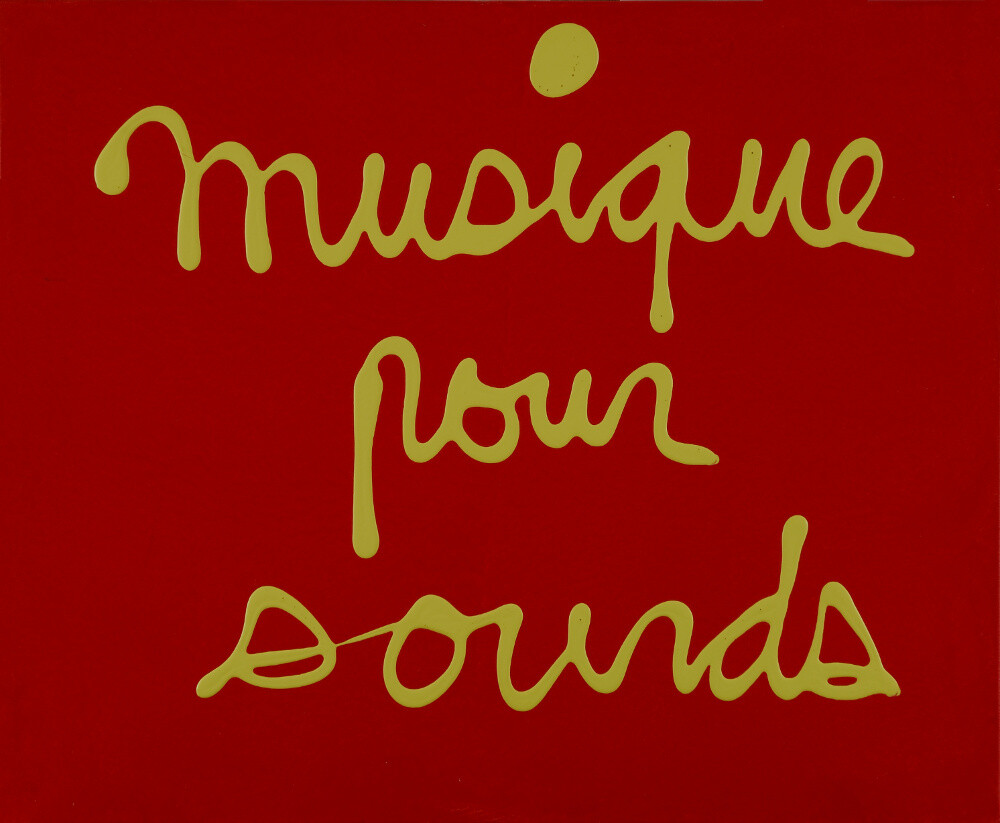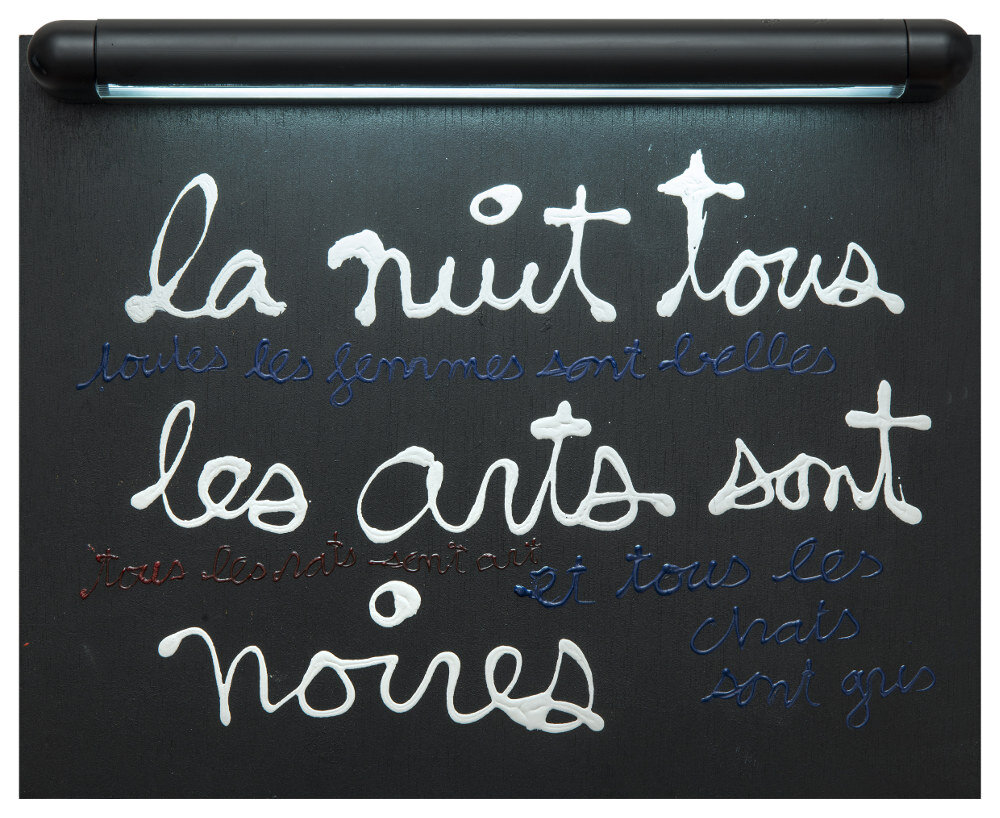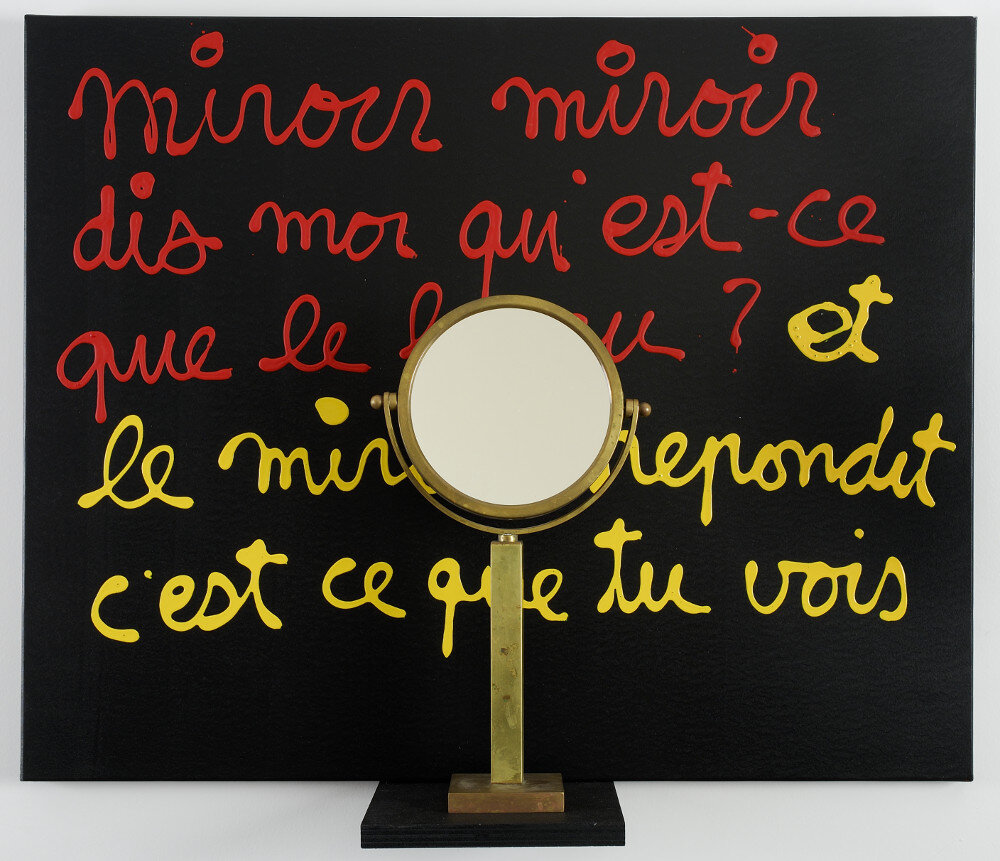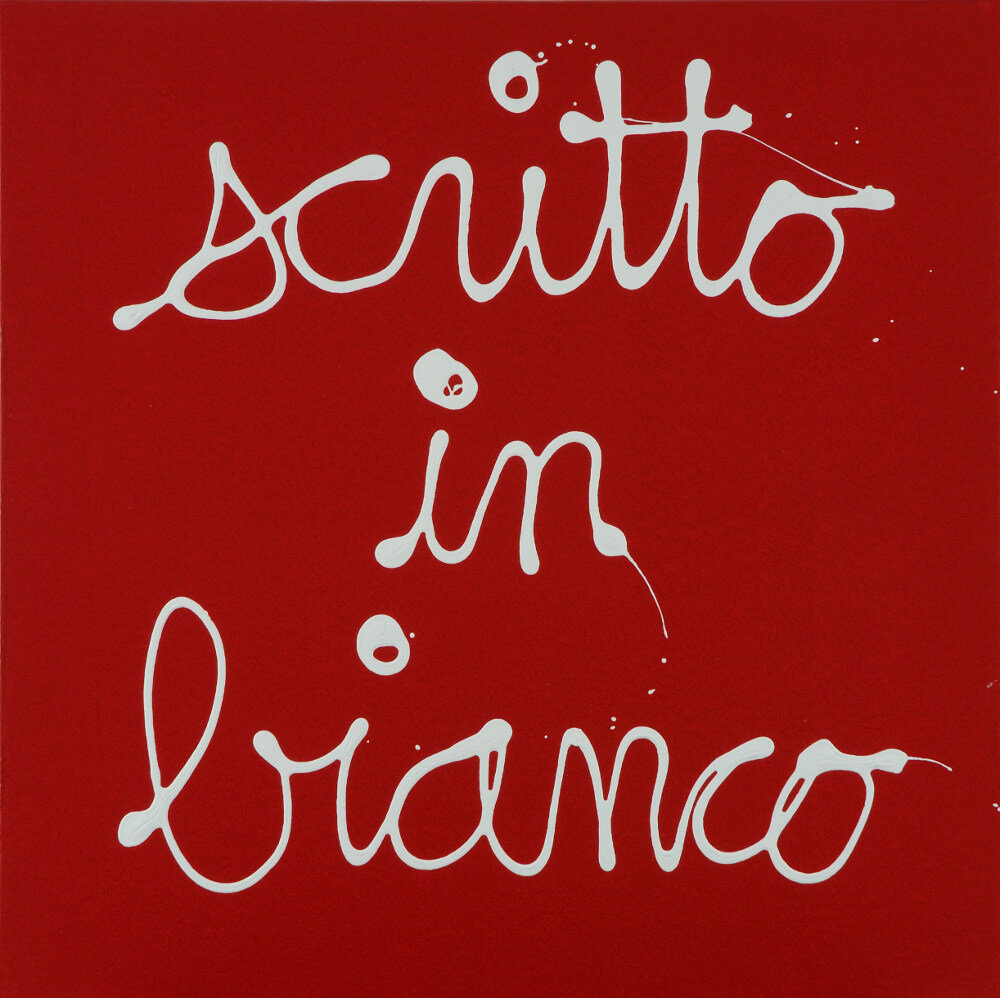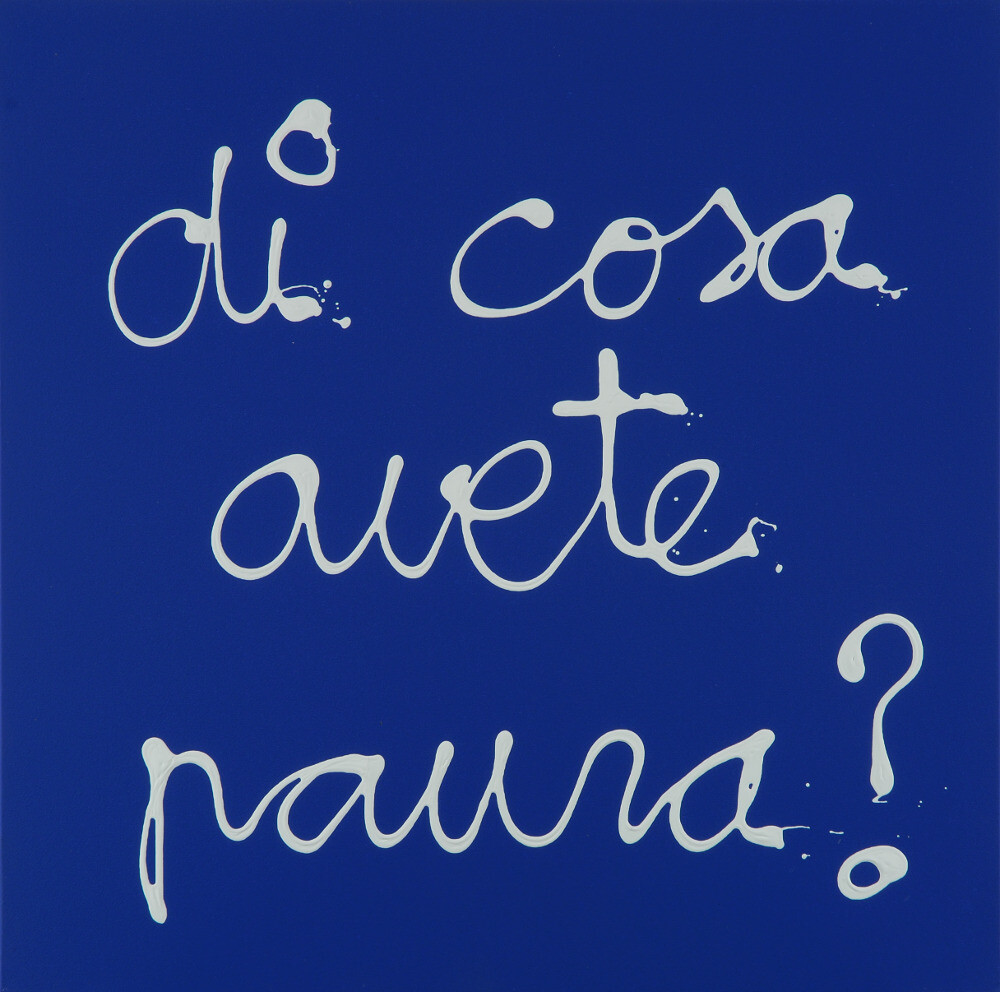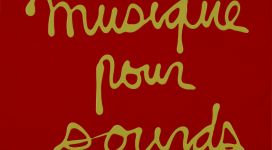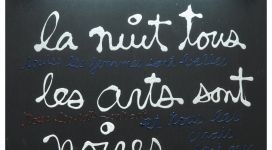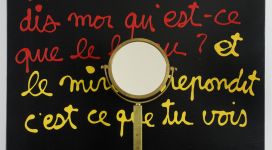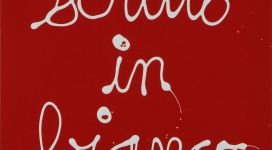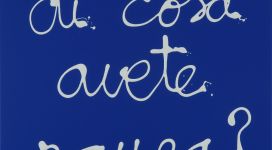| BEN | Exhibition 2007 | |
| Catalog |
Ben Vautier was born in Naples in 1935 of an Occitan-Irish mother and Swiss-French father and, after living in various countries – Turkey, Egypt, Greece and Switzerland – in 1949 he moved to Nice. Two years later he left school and worked in a bookshop for four years. In the 1950s his work as an artist took shape, linked to the tradition of abstractism. At first he worked in the attic of Le Nain Bleu, the bookshop where he worked. In 1954 he opened Magazin, a second-hand record store, which in 1959 – the year in which he also founded the magazine Ben Dieu – he renamed Ben Doute de Tout Gallery, and transformed into a meeting place for those who wanted to exhibit and study new aspects of contemporary art.
Inspired by Yves Klein, Marcel Duchamp and the Nouveaux Réalistes, Vautier developed his own distinctive style with Dadaist traces. During the second half of the 1950s, the artist worked on compositions that recall Jean Tinguely’s bachelor machines. In the early 1960s he became part of the Nouveau Réalisme movement in Nice, establishing close relationships with Arman and Spoerri.
Starting from Duchamp’s ready-mades, he came to the conclusion that it was only the artist’s signature that made something a work of art and so Ben ended up signing everything that fell into his hands, including the works of other artists and even his own body. At this point Ben had found his “trademark”: instructions and comments written in a simple, almost naïve calligraphy, on the most diverse objects or on canvases, combining writing and cartoon-like elements. In 1960 he held his first solo show Ben espose rien et tout in Laboratoire 32 on the first floor of his shop, a space used to exhibit the artists of Fluxus and other correlated contemporary movements.
In 1962 he met and started to frequent George Maciunas, the founder of Fluxus, the radical art movement inspired by Neo-Dada, whose philosophy and poetics he shared, that is, the equation art equals life. In a short time, between 1962 and 1970, he became an active part of the movement, he took part in Fluxus Festivals around the world and in its public performances, developing an important role in spreading the ideas of radical art.
The 1970s and the following decade saw Ben take a leading role in countless solo shows in public and private galleries, not just in France (Daniel Templon – with which he establishes a constant collaboration over the years – 1970; 1971; 1973; Beaubourg; Lara Vincy; Duran; La Hune, Paris, 1983), but also in Germany (Denise René Hans Mayer, Düsseldorf, 1970; René Block, Berlin, 1971), Switzerland (Bruno Bischofberger, Zurich, 1971; Pierre Huber, Geneva, 1986), Italy (Rinaldo Rotta, 1978, Genoa) and – in the United States – New York (Gibson, 1975; Castelli Graphics, 1982).
In the 1980s, at the end of the conceptual period, he invented the term Figuration Libre for the new painting trend emerging in France and inserted an ironic-grotesque note in his works. At this time there was no limit to his actions: he lived for two weeks in the window of One Gallery in London, he organised the Fluxus Festival, founded the Théâtre Total, held performances such as Public (in which his gesture consisted of staring at the public), exhibited a concierge at Galerie Zunini in Paris, made a film recording him insulting the spectator, published magazines, wrote a volume on theory and opened Malabar et Cunegonde, a gallery named after his children.
During the 1990s he worked on various projects, making the Totem sculptures of everyday objects and, from 1991, Oiseaux, assemblages of the most diverse materials in the shape of birds. He also collected Ben objects from the 1960s, mounted them on new canvases and added comments.
Ben’s unending success since then is confirmed by the great many exhibitions and retrospectives in public and private arenas in France (Daniel Templon, 1991; 1994; 2003; 2009; 2014; Centre Pompidou, 1991; Rive Gauche, 2003, Paris; Kahn, Strasbourg, 2000; Mamac, Nice, 2001; Musée de l’Objet, Blois, 2003; Musée d’Art et de Provence, Grasse, 2004; MAC, Lyon, 2004; Maison de la culture, Malakoff, 2005; Musée Chagall, Nice, 2005; Musée de la Céramique, Vallauris, 2006) and abroad (Gan, Tokyo, 1997; Zabriskie, New York, 1998; Manif d’art, Québec, 2005; Ludwig Museum, Koblenz; National Museum of Contemporary Art, Seoul, 2002; Fondazione Mudima, Milan, 1991; Studio d’arte, Bergamo, 2005; Soave, Alessandria, 2006; Marlborough, Montecarlo; Galleria Il Ponte, Florence, 2007; Galerie Guy Pieters, Knokke-Heist; Festival Filosofia, Modena, 2007; Gallery Schüppenhauer, Köln, 2010; Galleria Mara Coccia, Rome, 2011).

